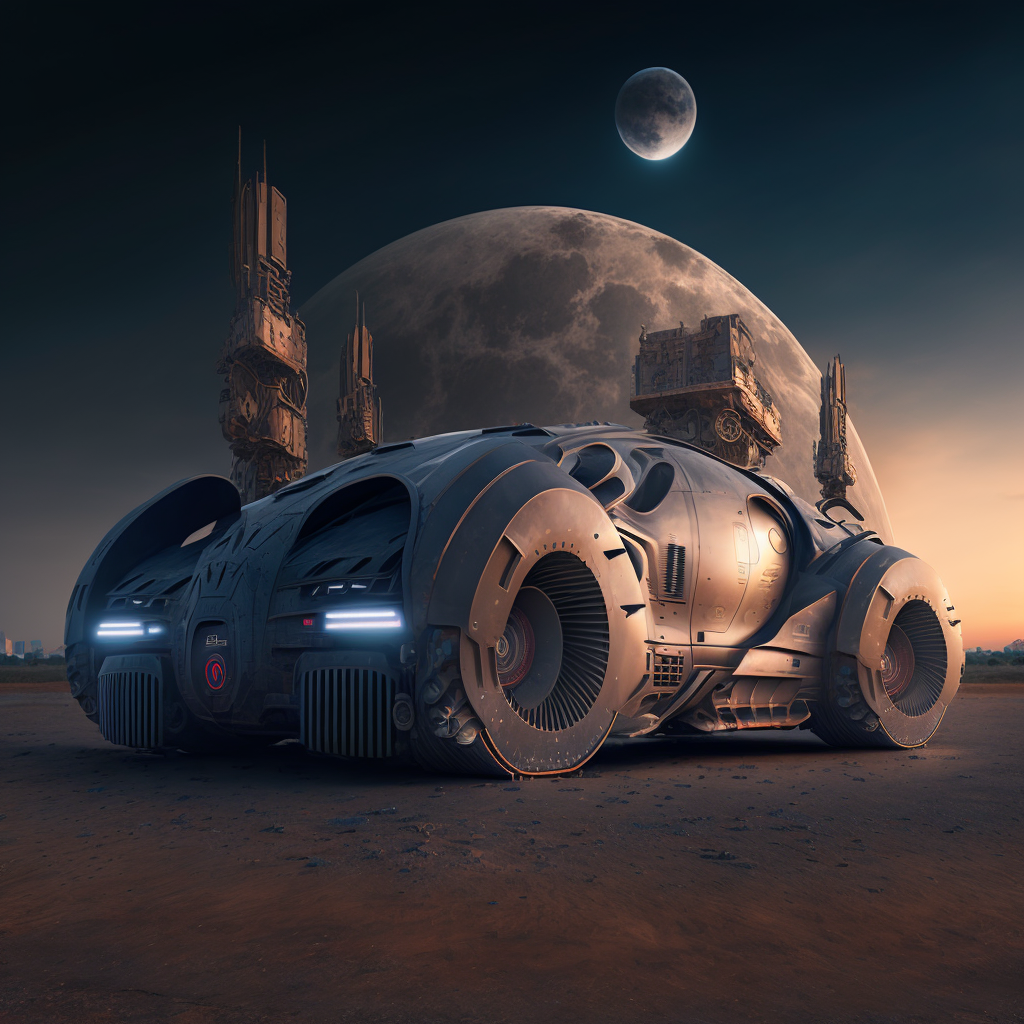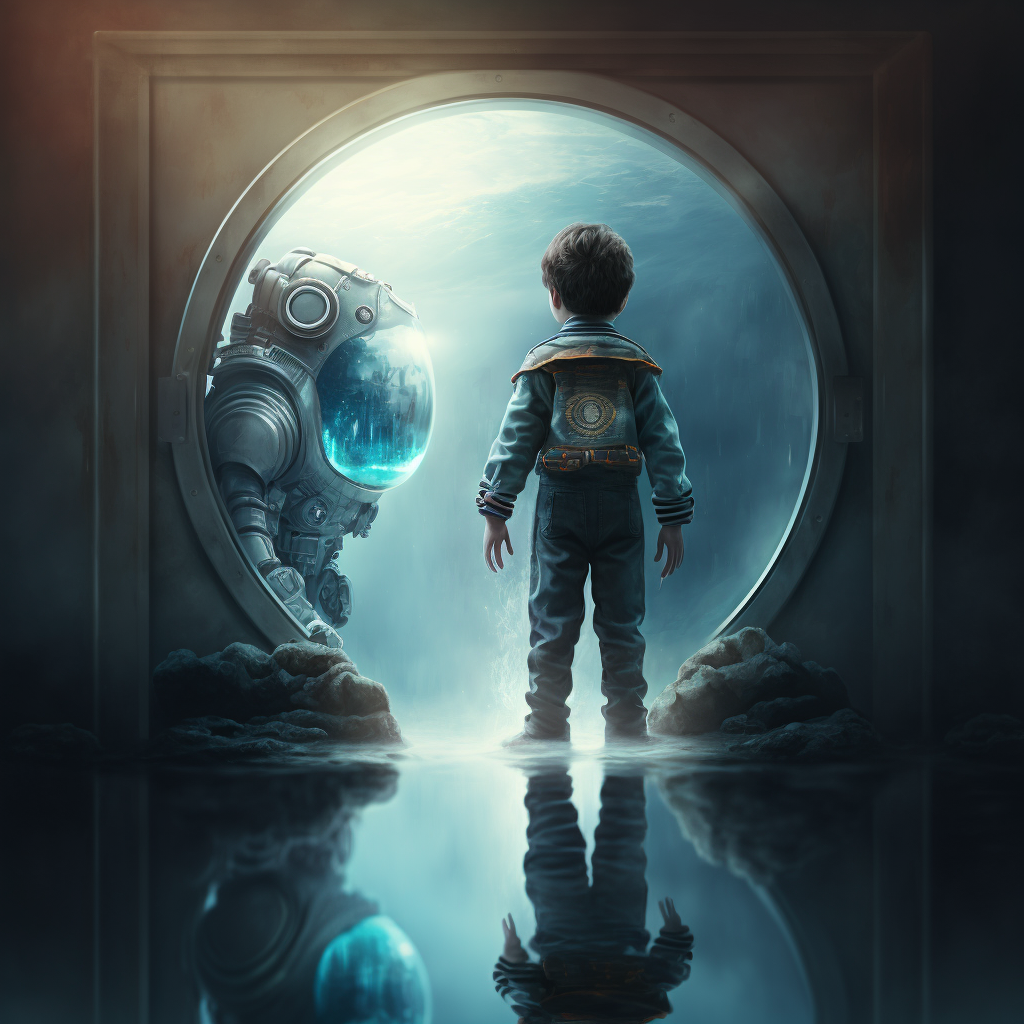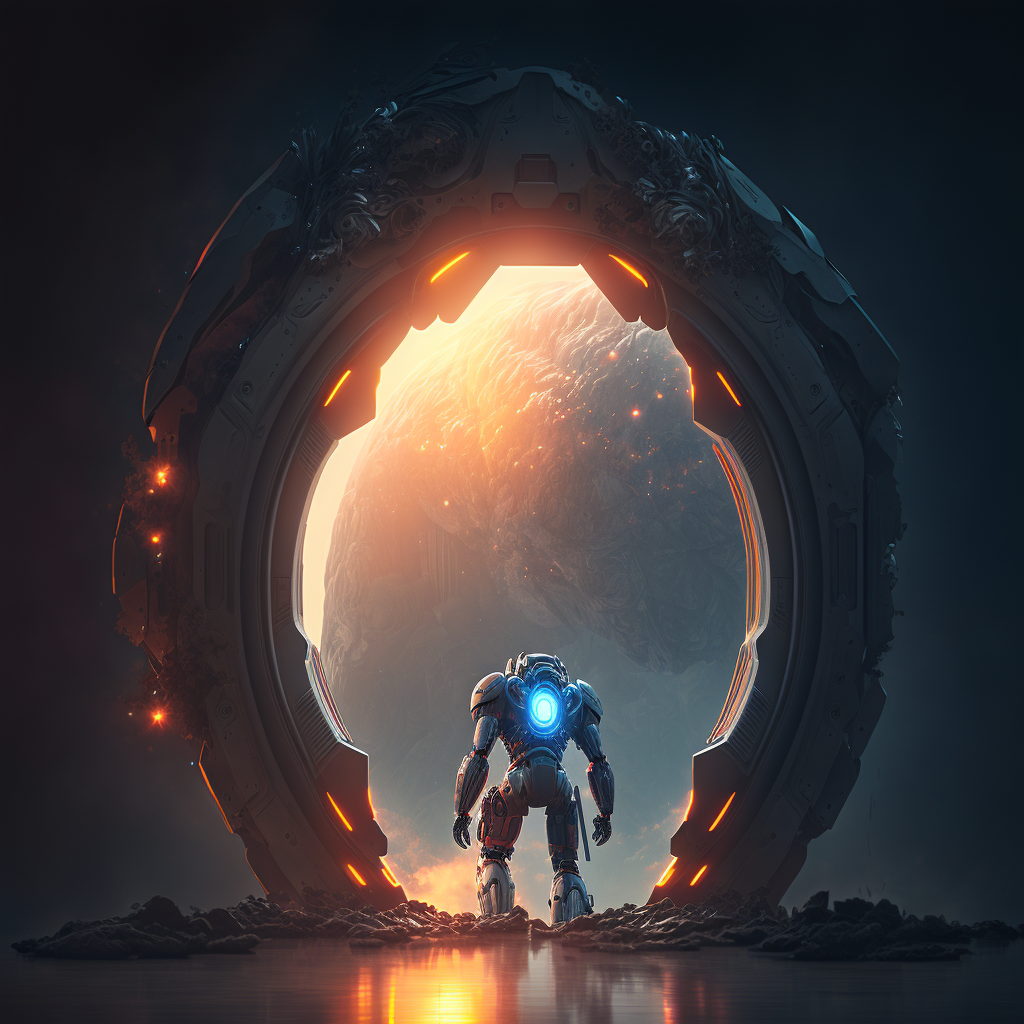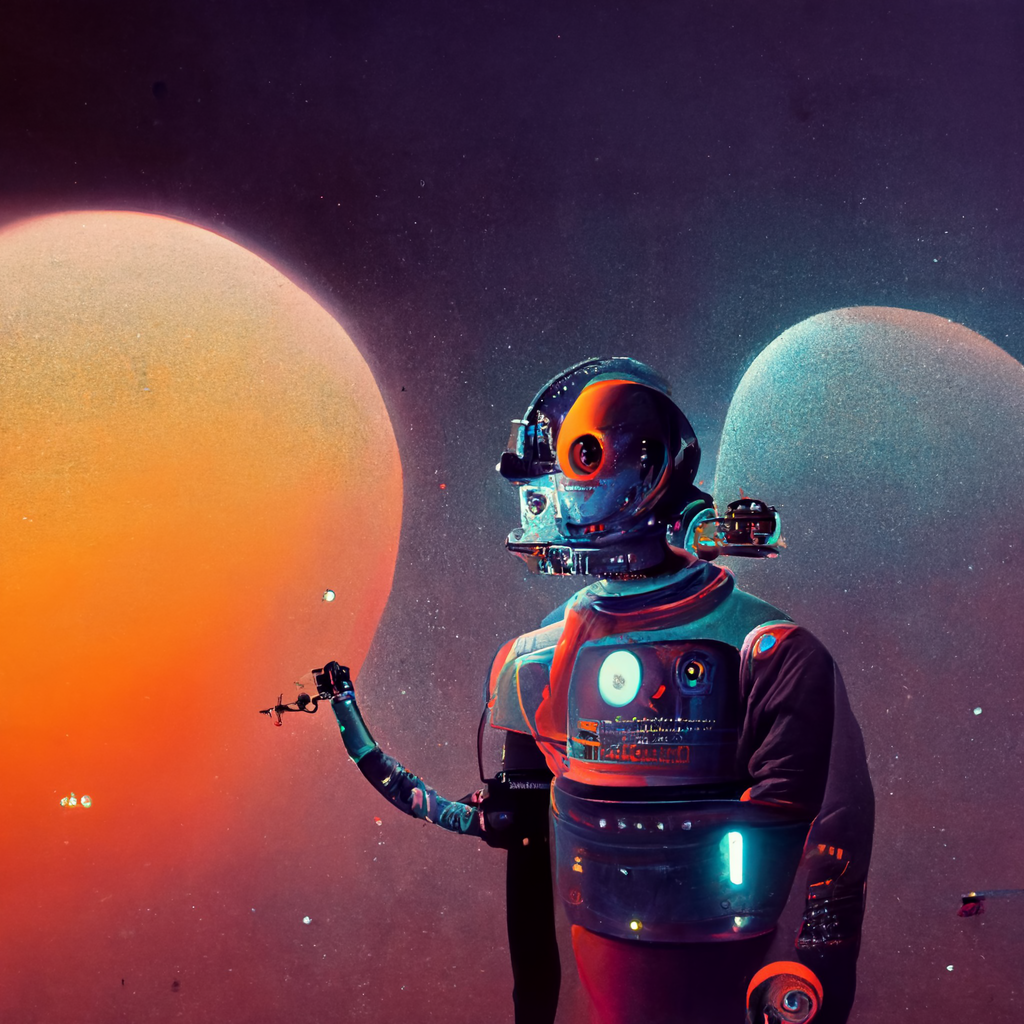- Published on
Thoughts About AI Generated Images
- Authors
- Name
- Qi Wang
Overview
Table of Contents
Introduction
Recently, you might have heard of a few of the AI models created by OpenAI such as DALL-E 2.0 that can generate images given an user's prompt. I've been playing around with it for sometime and got to generate some awesome looking images. Here's some images I generated from Midjourney below.
For those who are interested, the prompt for the third image is: futuristic robot peaking into portal to another world, octane render, ultra detailed, cinematic lighting.
How do They Work?
The technique behind all of these images is called Stable Diffusion. Essentially, a Diffusion model trains by learning to remove the noise from the training images that it added noise to. To generate an image, the model starts with a picture filled with noise, and each iteration, it removes some of the noise until you are left with a realistic image. Stable Diffusion models have surpassed the performance of many other previously established methods such as GANs or VAEs due to its ability to keep the semantic structure of images. However, the disadvantage to these models are that it is extremely computationally expensive.
Social Implications
Some controversy surrounding these image generation models have surfaced lately on the internet. Most notably, the incidence when AI-Generated Art Won State Competition. However, more serious consequences are the inherent biases that they reinforce.
Since these models are trained with a vast amount of images across the internet, it is likely to reinforce existing stereotypes regarding race, gender, and many more. For example, when generating with a prompt Scientist, the model will likely generate more male images than female; or when generating with a prompt Nurse, the model will output more females than males. While some say this simply reflects our world, this could easily discourage people from pursuing careers.
Fixes??
Recently, OpenAI, the company that developed DALL-E 2.0, has addressed the inherent bias. Their solution basically adds descriptive words to prompts that do not specify a certain gender, race, etc. to generate a more diverse set of images. Many have referred to this fix as a temporary bandaid because the models are still inherently biased.
I think more robust fixes can come from balancing out the imageset with generative models to increase the under-represented population in certain prompts.
This problem also extends beyond simply image generation to Artificial Intelligence in general where the behavior of models heavily mimics the training data provided. There have been more and more attention diverted into research to reduce the bias seen, and I am hopeful that we can tackle this obstacle in the future.
Playtime
In the meantime, I highly recommend you to play around with these image generation models and be fascinated by the amount of detail and style the generated images have. I'll see you guys next time :)



